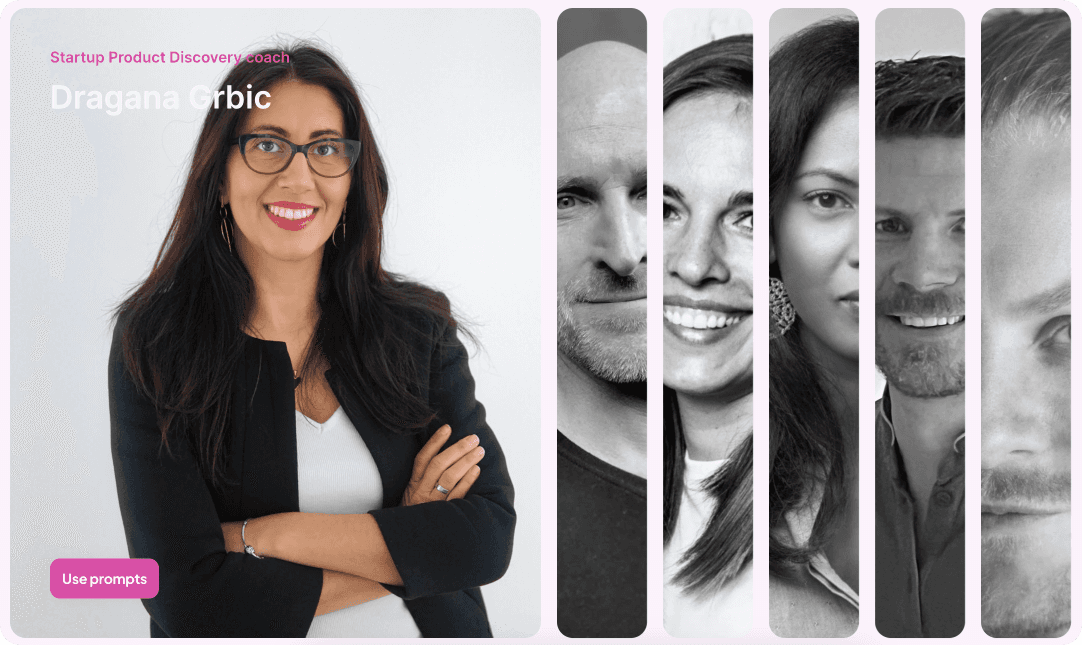Sep 1, 2020
Stop going in circles
Moodi Mahmoudi
Can you draw a perfect circle?
For centuries, children, artists, and mathematicians have strived to create a perfect circle by freehand.
Making the world circular is just as hard as drawing a perfect circle. And successfully executing and deploying such projects in an organization is hard too. But the win can be big for those that get it right — as well as for everyone and everything around them.
At its core, the circular economy promotes waste prevention, less pollution (and polluting processes), reuse of materials, and the regeneration of natural systems. Its principles can also be applied to products and services, business models, and economic systems.
In fact, a 2015 study found that a circular economy model could boost Europe’s productivity by 3 percent by 2030, saving €600 billion a year. Companies like Philips have already embraced circular solutions, such as reclaiming all used customer goods to be carbon-neutral.
Still, circular has struggled to go mainstream.
But things are changing. Here is how:
Finding form
Circular meets Design
Circular design is where the circular economy and design [thinking] intersect. The Ellen MacArthur Foundation (EMF), a voice of authority in the circular economy space, has partnered with IDEO to develop the Circular Design Guide. The guide combines the best of circular economy thought-leadership with the finest in design and innovation to provide designers a structured method for incorporating the principles of the circular economy in their work.
Then, circular design meets software
So, how do you draw the perfect circle?
A compass produces the best circles. And it can do it over and over again.
Comparably, adopting and managing circular design at scale in organizations requires the right tools.
NEXT is that compass.
“There’s a world of opportunity to rethink and redesign the way we make stuff.” — Ellen MacArthur Foundation
NEXT, the digitally-guided business design platform, is pioneering circular design in a new form. The Circular Design Guide, developed by IDEO and Ellen MacArthur Foundation, is now available in the NEXT marketplace. Teams can tap the best of circular design methods directly in the context of their innovation and business transformation projects.
“Software Is Eating the World” wrote Marc Andreessen in his famous essay in the The Wall Street Journal. As our planet sprints towards an uncertain future, organizations will benefit from an actionable, repeatable and scalable approach to circular design:
End-to-end coverage from Idea-to-Market: NEXT covers the end-to-end scope of circular design projects. It lets organizations capture, nurture, and prioritise the early-stage opportunities. And supports the complete scope of a circular design project that converts the early-stage opportunities into validated and vetted propositions ready for implementation.
Designed for globally-distributed and remote teams: We live in a global economy with supply chains spanning the world. NEXT’s digitally-guided circular design process, and its platform partnerships with the likes of Miro and Zoom, allows distributed teams to work together effectively. Teams spend less time with logistics and traveling, and more time innovating, transforming, and designing what really matters.
Faster time-to-market of circular propositions: Rooted in the principles and best practices of circular design, NEXT let’s product managers, purchasers, or marketers innovate and transform like the best innovators do. Making the planet better in the timeframes proposed will require everyone to chip in — and I mean everyone. By keeping circular projects on track and teams productive, NEXT will expedite our collective ability to rethink our offerings faster. And accelerate our time towards saving our planet.
People, planet, and profit
Democratizing circular design has a real impact on the world. It brings a user-centric method that makes the world better for people. It hard-wires a process that protects the planet as a resource. And it creates differentiated business models that make profits.
Adopting circular design has never been easier and more relevant for corporates, nonprofits, or public sector organizations. For example, Amsterdam has put circularity at the heart of its post-Covid strategy. The city is adopting the circular economy model that Kate Raworth from Oxford University’s Environmental Change Institute explains in her 2017 bestselling book, Doughnut Economics: Seven Ways to Think Like a 21st-Century Economist.
“When suddenly we have to care about climate, health, and jobs, housing, care, and communities, is there a framework around that can help us with all of that?” Raworth says. “Yes there is, and it is ready to go.”
In the same respect that business design is a crucial part of good business, circular design is an essential part of better business.
The future looks circular. Expect to see many people designing many perfect circles.
Get started for free




